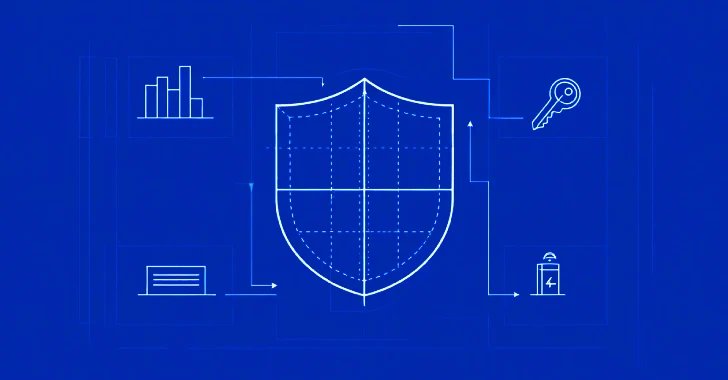Quick Takeaways
-
Accountability in Cybersecurity: Organizations are now legally accountable for their cybersecurity measures; simply having a program is insufficient; it must demonstrate "reasonable" effectiveness as defined by courts and regulators.
-
Guidance from Experts: The upcoming webinar with the Center for Internet Security (CIS) will provide clear definitions of "reasonable" cybersecurity and actionable strategies tailored to various organizational sizes and needs.
-
CIS Resources for Improvement: Participants will learn about the CIS Critical Security Controls® and the CIS CSAT Pro tool for assessing cybersecurity maturity, enabling them to build compliant and effective defense strategies.
- Practical Focus: The session emphasizes that most security breaches stem from basic oversights rather than advanced threats, stressing the importance of foundational security practices to mitigate legal and operational risks.
The Issue
On May 22, 2025, The Hacker News reported a crucial evolution in cybersecurity practices, emphasizing that organizations must now actively demonstrate the effectiveness of their security frameworks amidst a stringent legal landscape. This shift is largely driven by an increase in regulatory scrutiny and the rise of lawsuits linked to ransomware incidents, compelling both small firms and global enterprises to establish security measures that are not only robust but also verifiably “reasonable.” The Center for Internet Security (CIS) hosted a webinar aimed at elucidating this concept, offering practical guidance on building a cybersecurity program that aligns with industry standards and legal expectations.
The webinar provided participants with essential knowledge, including a definition of “reasonable” cybersecurity, practical breakdowns of the CIS Critical Security Controls®, and tools like the CIS CSAT Pro for assessing program maturity. Emphasizing that most security breaches arise from insufficient foundational practices rather than sophisticated exploits, the session warned attendees of the legal repercussions stemming from inadequate documentation of their security efforts. By prioritizing structured and strategic cybersecurity governance, organizations can better mitigate risks, navigate compliance demands, and preserve their reputations in an increasingly treacherous digital landscape.
Critical Concerns
The potential ramifications of inadequate cybersecurity measures extend far beyond the immediate organization, posing significant risks to interconnected businesses, users, and the broader ecosystem. When an entity fails to establish a robust cybersecurity framework, it inadvertently becomes a vulnerability that can be exploited, leading to cascading impacts such as data breaches that compromise sensitive user information. This, in turn, erodes trust not only in the affected organization but also in its partners and suppliers, jeopardizing consumer confidence across entire industries. Furthermore, regulatory bodies are increasingly vigilant, holding all stakeholders accountable for lapses in compliance, which can result in legal and financial repercussions if third parties suffer due to a primary organization’s negligence. The collective effect is a heightened atmosphere of risk that could stifle operational integrity and innovation, compelling all involved parties to adopt more stringent security measures or face dire consequences.
Possible Remediation Steps
Timely remediation is critical for establishing a robust and legally defensible cybersecurity program, ensuring that vulnerabilities are swiftly addressed to minimize risks and enhance organizational resilience.
Mitigation Steps
- Risk Assessment
- Incident Response Planning
- Continuous Monitoring
- Employee Training
- Policy Development
- Vulnerability Patching
- Access Controls
NIST CSF Guidance
The NIST Cybersecurity Framework (CSF) emphasizes the continuous cycle of identifying, protecting, detecting, responding, and recovering, underscoring the necessity for prompt actions to mitigate threats. For deeper insights, refer to NIST SP 800-53 for specific security and privacy controls.
Stay Ahead in Cybersecurity
Discover cutting-edge developments in Emerging Tech and industry Insights.
Access world-class cyber research and guidance from IEEE.
Disclaimer: The information provided may not always be accurate or up to date. Please do your own research, as the cybersecurity landscape evolves rapidly. Intended for secondary references purposes only.
Cyberattacks-V1

